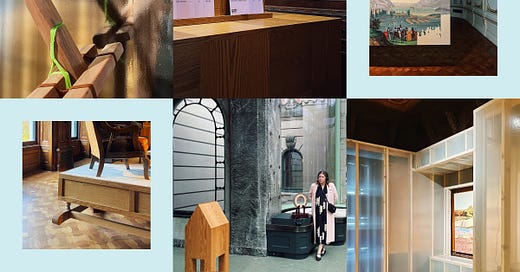Programming note: I am changing the cadence of this newsletter ever-so-slightly, now that I have turned on paid subscriptions. Archived posts are now behind a paywall, alongside longer-format monthly dispatches. Roundups, news briefs, informal design industry analysis, studio visits, and gift guides will remain free to browse. Today is one of those days…
Keep reading with a 7-day free trial
Subscribe to Ground Condition to keep reading this post and get 7 days of free access to the full post archives.




